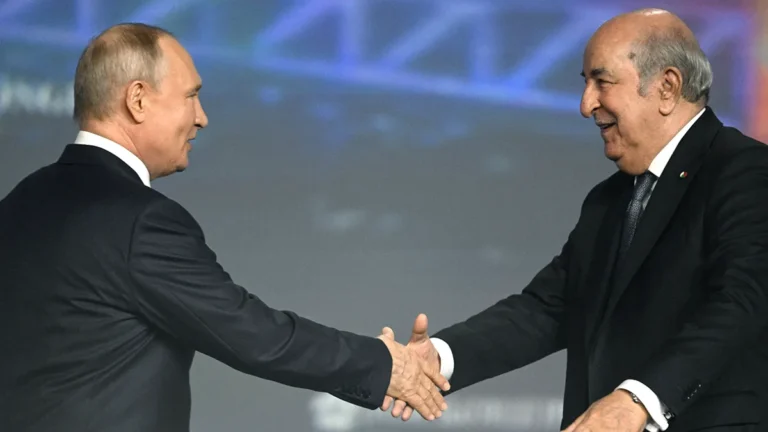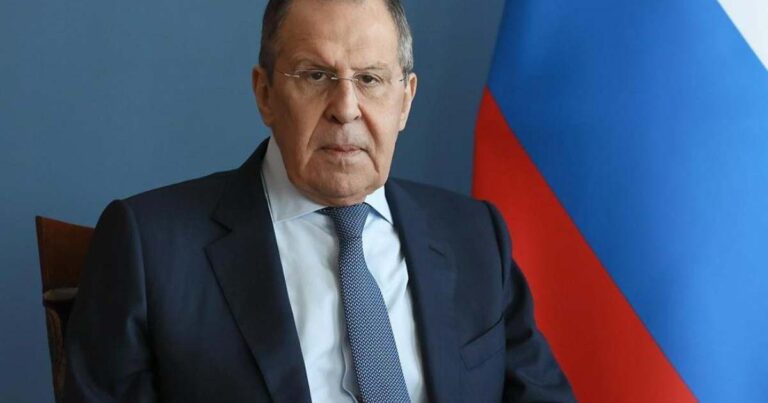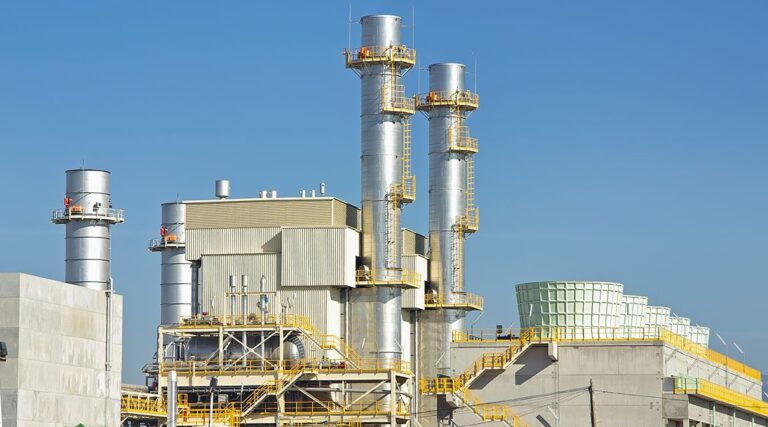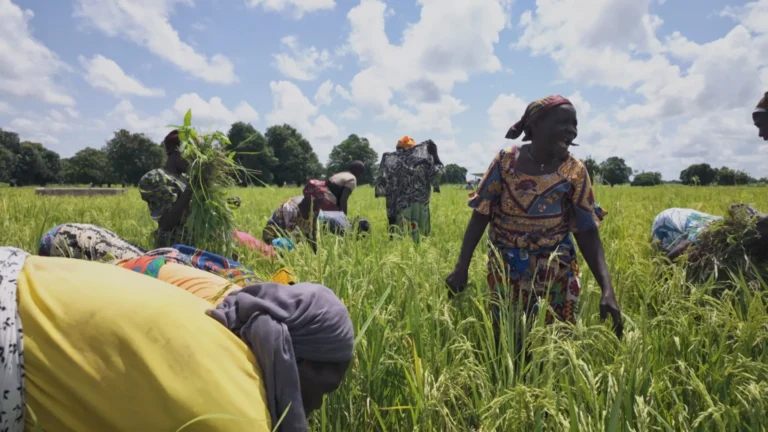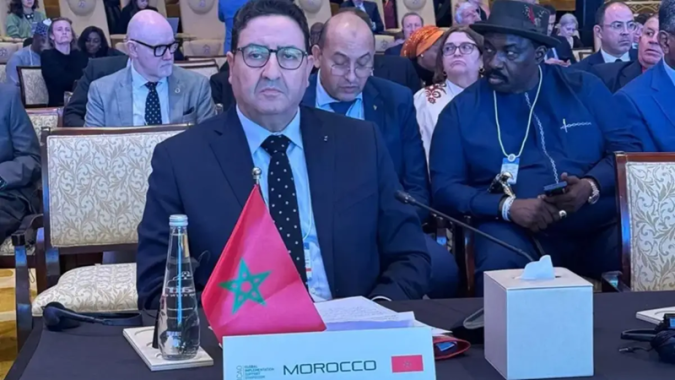
At the recent Parliamentary Forum in Awaza, Turkmenistan, Morocco renewed its commitment to deepening logistics partnerships with landlocked African nations, leveraging its strategic port infrastructure to bridge the continent’s interior with global markets.
Moroccan Minister of Transport Abdessamad Kayouh underscored the Kingdom’s pivotal role as a gateway for landlocked countries seeking reliable access to international trade routes.
Highlighting the growing prominence of Morocco’s Tanger Med port, Kayouh described it as a regional logistics benchmark, central to the country’s expanding vision as a continental transport hub.
“This direction is not temporary,” the minister declared, linking the initiative to the strategic vision championed by King Mohammed VI through the Atlantic Initiative.
This ambitious project aims to provide Sahelian states with secure, sustainable maritime outlets via Morocco’s Atlantic ports, effectively breaking long-standing logistical dependencies that have hindered development.
Morocco’s plan extends beyond mere port capacity, encompassing the creation of integrated transport corridors, underpinned by bilateral agreements and interconnected infrastructure spanning rail and road networks. These corridors are designed to facilitate smoother trade flows, reduce freight costs, and bolster regional economic integration.
For many landlocked African countries, high logistics expenses remain a persistent barrier to growth. Morocco’s initiative offers a geo-economic and solidarity-driven solution tailored to these challenges. By positioning itself as a continental logistics hub, Morocco seeks to enhance trade connectivity between Africa’s interior economies and global export circuits, providing a much-needed boost to regional development and cooperation.
Through this strategy, Morocco aims to solidify its role as a crucial gateway linking landlocked African nations to international markets, fostering economic inclusion and reducing the costs of trade for the continent’s most vulnerable countries.
